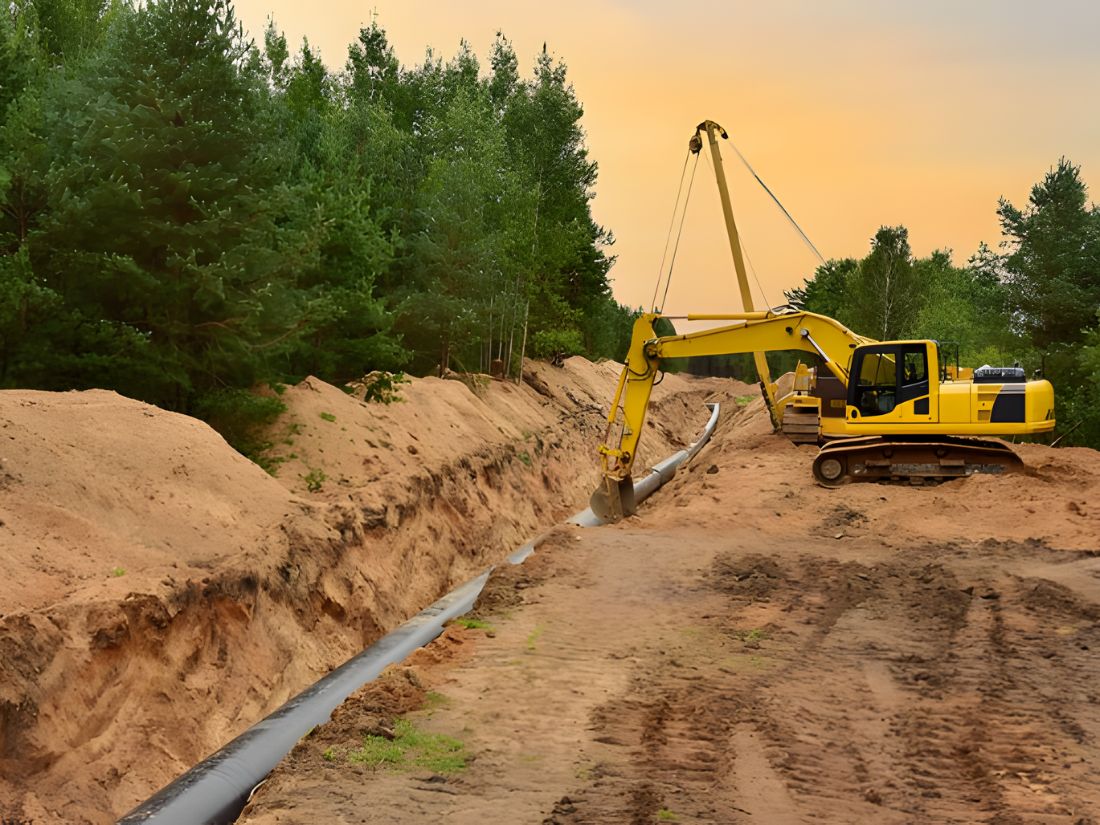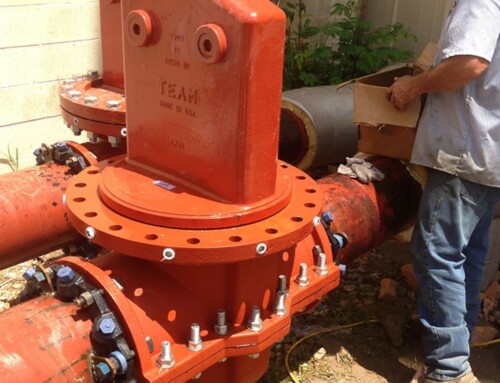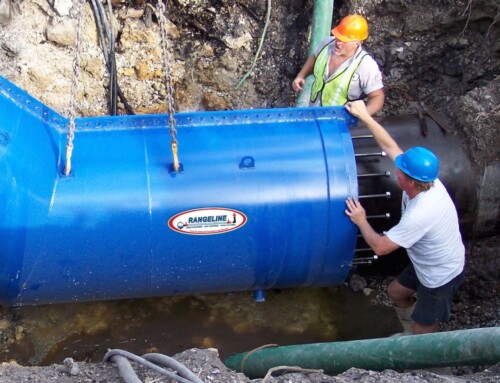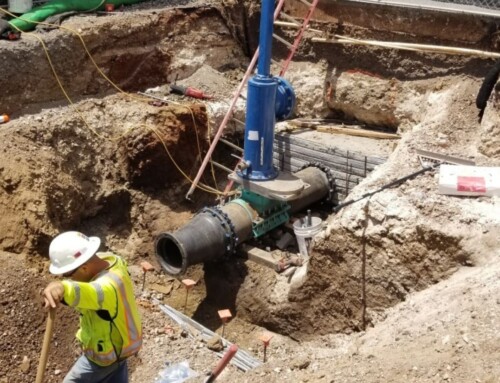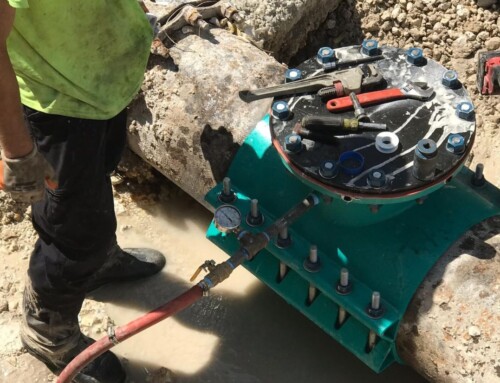Efficient groundwork is the backbone of any industrial project, particularly when it involves construction, utility installations, or municipal operations. Two essential processes often deployed in these scenarios are trenching and excavating. While these terms are sometimes mistakenly used interchangeably, they differ significantly in many ways, which is what we’re going to cover here in this brief overview.
The Purpose of Trenching
Trenching is a specialized form of excavation that focuses on creating narrow, elongated depressions in the ground, fittingly known as trenches. The primary goal of trenching is to provide a specific pathway for utilities such as water pipes, gas lines, and electrical conduits or to prepare a channel for drainage or irrigation systems.
Trenches are generally deeper than they are wide, a characteristic that distinguishes them from broader excavation methods. They require precision to maintain uniform depth and alignment, which is essential for the proper installation of infrastructure. Methods like chain trenchers or micro trenchers are commonly employed depending on the soil composition and project requirements. Safety is also a major concern with trenching, as trench wall collapse—a condition known as trench cave-in—can pose significant hazards if proper safety measures are not put in place.
Municipalities, in particular, rely heavily on trenching for new utility installations or for replacing aging infrastructure while minimizing the disruption to roadways and urban areas. Industries often use trenching as an efficient means to conceal cables and pipes, providing both functionality and aesthetics to a site.
The Purpose of Excavating
Excavating, in contrast, is a broader earth-moving process with diverse applications extending beyond narrow pathways. This process involves removing large amounts of earth or rock to reshape a landscape, prepare a site for foundation work, or access buried materials. It forms the bedrock (quite literally) of projects ranging from residential construction to large-scale municipal undertakings such as road building or dam construction.
Excavation frequently includes the removal of soil, rocks, or other debris to create open spaces for structures like basements, tunnels, or reservoirs. This process requires heavy construction equipment like backhoes, excavators, and bulldozers, all of which are tailored to the size and scope of the project. Compared to trenching, excavating generally emphasizes depth and volume, focusing on removing expansive quantities of material rather than creating long, narrow forms.
Industrial businesses depend on excavation as an essential step in site preparation. From leveling uneven terrain to removing obstructions, the process ensures that project sites meet structural and environmental requirements. Municipalities often incorporate excavation in public works improvements, particularly in expanding road networks or addressing drainage systems.
Which Is Right for Your Needs?
Now that you know the differences between trenching and excavating, it’s important to realize that determining the appropriate method for a project depends on several factors. The complexity of the project, the desired depth and volume of excavation, and the specific site requirements all play a role in choosing the right approach. Trenching is typically suitable for projects that require long, narrow forms, while excavation is better suited for projects that necessitate the removal of significant quantities of material.
Regardless, consulting with experienced professionals will help determine the most suitable excavation method to ensure successful and efficient site preparation. If you’re in need of pipeline services, Rangeline will help you decide which method is best for you.

